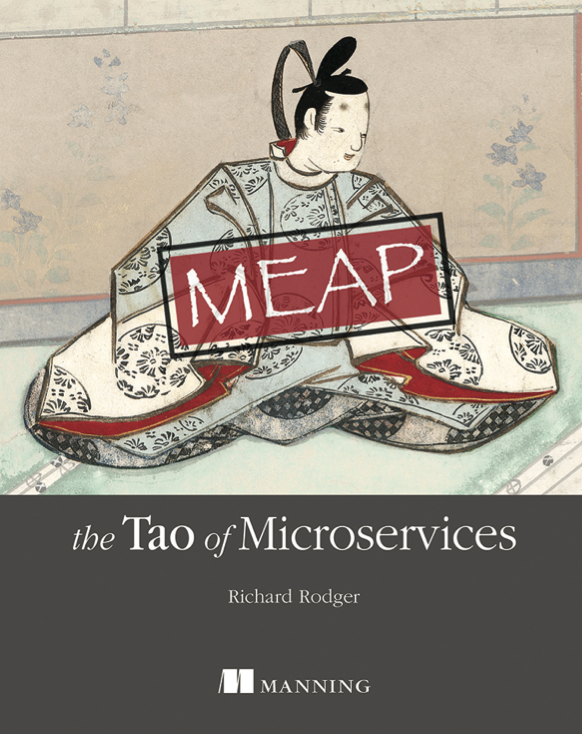I’m updating the @seneca/repl plugin! Here is the basic plan.
NOTE: There’s a @seneca/repl dev Github Project to track this work.
The @seneca/repl plugin provides a REPL for the seneca microservices framework. It is one of the earliest plugins, and has proven to be one of the most useful. A REPL (Read-Execute-Print-Loop) is an interactive space to write code and get it executed right away. If you’ve used the browser console, you’ve used a REPL. With Node.js, you also get a REPL, just run the command node by itself and off you go!
The big thing about a REPL is the speed boost it gives your development process. You just type stuff in and it works right away. You can directly inspect objects to see what they are made of. Debugging is much easier.
The Seneca REPL provides you with the standard Node.js REPL — you can execute arbitrary JavaScript. But it also provides you with access to the root Seneca instance, and with shortcuts to post Seneca messages, and examine the running Seneca system.
For example, if you have a message foo:bar,zed:qaz, then you can post that message directly in the REPL:
> foo:bar,zed:qaz The REPL accepts any valid JSON (or the equivalent Jsonic form of abbreviated JSON) as an input and attempts to post the input as a message, printing the result. Combine this with hot-reloading from the @seneca/reload plugin and you have a lovely little high speed local development environment for your microservice system.
An update for @seneca/repl is long overdue. I’ve created a Github project to track the main tasks. The most important new feature is the ability to interact with the REPL when your microservice is running in a serverless context.
A traditional REPL exposes a network port and you cannot do that over the network. This is fine for local development, but it is not supported in a serverless context. However most serverless environments provide an invocation mechanism so you can send messages to your deployed function. I’m extending @seneca/repl so that it can support this interaction pathway by providing a special message: sys:repl,send:cmd that can run REPL commands and collect their output.
To implement this some refactoring is required. The old codebase is pretty old. As in, callback-hell old. It also assumes a network socket. So this all has to be pulled apart and abstracted a little. The code is very much streams-based, and that also makes it fun, as the streams have to be marshalled to operate via a request/response interaction.
One issue in the existing code is the lack of a delimiter for the command result. It all sort of works by accident! I’m going to use NUL as the delimiter to mark the end of command response text. This should also clear up some bizarro bugs.
The other new feature is more direct support for Seneca entities with an extended set of special commands: list$, save$, load$, etc. that mirror the Seneca entity operations. This is a pretty big use case and we’ve been putting up with the kludgy workaround of using entity messages directly for … too many years, sigh.
On the command-line side, the REPL client needs to be extended to perform serverless invocations. A stream overlay will be used for this to preserve streams as the basic abstraction for REPL communication.
The other tasks are housekeeping to move to the new Seneca standard test runner, Jest, and convert the codebase to Typescript.
Once this release is out, the @seneca/gateway plugins will need to be updated to handle security more generally when exposing a REPL. At the moment we tend to use a monitor serverless function that has no external exposure, and can only be called by invocation with appropriate credentials. This monitor function also uses our little trick of embedding all the other microservices as a modular monolith so that you can use the REPL to post any message. While this is mostly sufficient in practice, it would be nice to also be able to invoke any function directly via the REPL.




Pingback: @seneca/repl Version 6 Released! | Richard Rodger